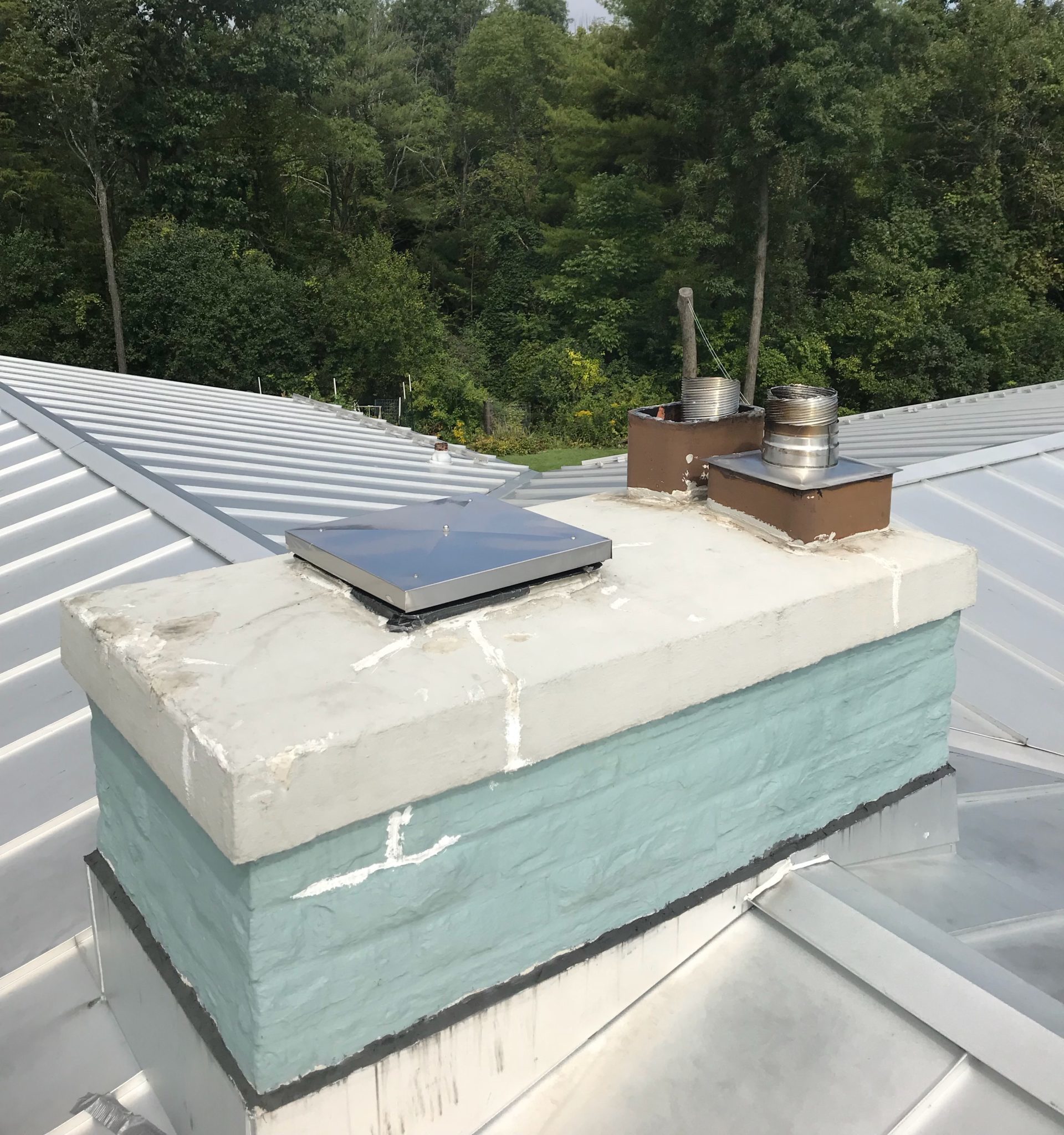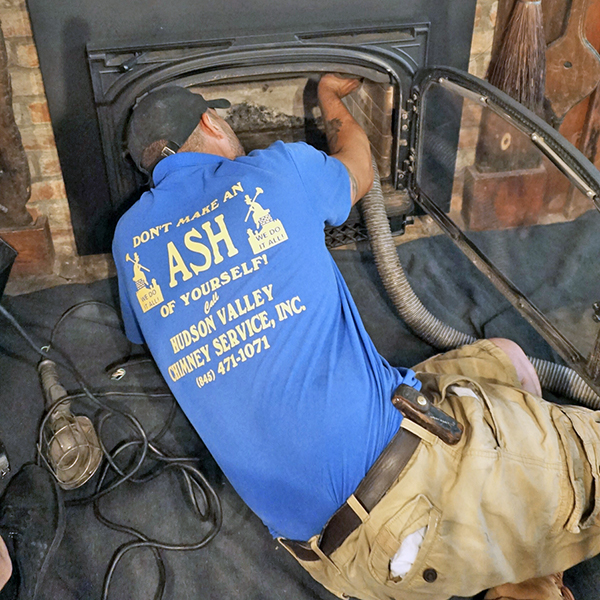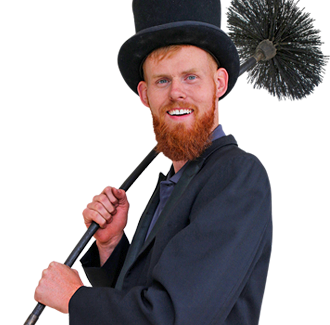Was Your Chimney Damaged Last Winter? Let’s Find Out.
With the cold season winding up, now is a good time to have your chimney inspected to determine if winter weather has caused any damage. Winters aren’t easy on chimneys, and a variety of problems can start during the cold months and gradually worsen over time.
How chimneys can be damaged in the winter
Extreme winter weather coupled with the natural aging process can wreak havoc with a chimney’s structure and components. Let’s look at a few common ways chimneys are damaged or otherwise compromised during the winter season and what to do about them.
Brick spalling/mortar cracks
Water from rain and snow can be hard on chimney bricks and mortar. Water deteriorates, and house-settling and various weather events can cause cracks in the masonry.
When cracks appear, water can seep in. When the outside temperature drops, water freezes, expands and causes bigger gaps for more water. If left unaddressed, this damage can lead to a chimney that’s literally unsafe to use or live around.
A waterproof masonry sealant can prevent water infiltration. If damage is extensive, tuckpointing can help by replacing missing sections of mortar with a fresh new compound. In extreme cases, chimney rebuilding may be necessary.
 Chimney crown damage
Chimney crown damage
The cement crown at the top of the chimney protects adjacent bricks and the open flue from water infiltration. Cracks in the crown during the winter can lead to extensive water damage by the same freeze/expand process that damages chimney masonry.
Minor cracking in the crown can be waterproofed; when serious damage exists, chimney crown rebuilding is the best solution.
Chimney leak issues
The problem with chimney leaks is, by the time you spot a leak, a considerable amount of damage often already has been done. Annual chimney inspections and necessary repairs are the best way to prevent a leaky chimney.
Signs of a chimney leak include:
- Water in the firebox
- A damp, musty smell coming from the fireplace
- White staining on the exterior chimney masonry
- Damp sections of interior walls or the ceiling near the fireplace
- A squeaky (rusty) damper that won’t properly open and close
Creosote buildup
After a full season of using your fireplace, your chimney likely has collected a considerable amount of creosote, which forms when smoke condenses in the flue. Creosote clings to the chimney liner as a sticky, puffy, flakey or solid substance. In all its forms, it is highly flammable.
Professional chimney sweeps are able to safely remove creosote from your chimney flue. Use a certified technician and never a “handyman” for this job once a year.
 Certified chimney inspections
Certified chimney inspections
While all this may sound pretty worrisome, you can dispel the worry by scheduling a CSIA-certified chimney inspection once a year, just after or right before the burning season. Your inspector will go over your entire chimney system, looking for cracks, rusting, decay and other problems that could lead to chimney leaks and further structural damage.
Is it time for a thorough chimney inspection? Hudson Valley Chimney of Poughkeepsie, NY, is standing by to help. We provide inspections, chimney cleaning, chimney repair, chimney rebuilding and other services to keep your chimney, your house and your family safe all year long. Call us today at (845) 471-1071.








